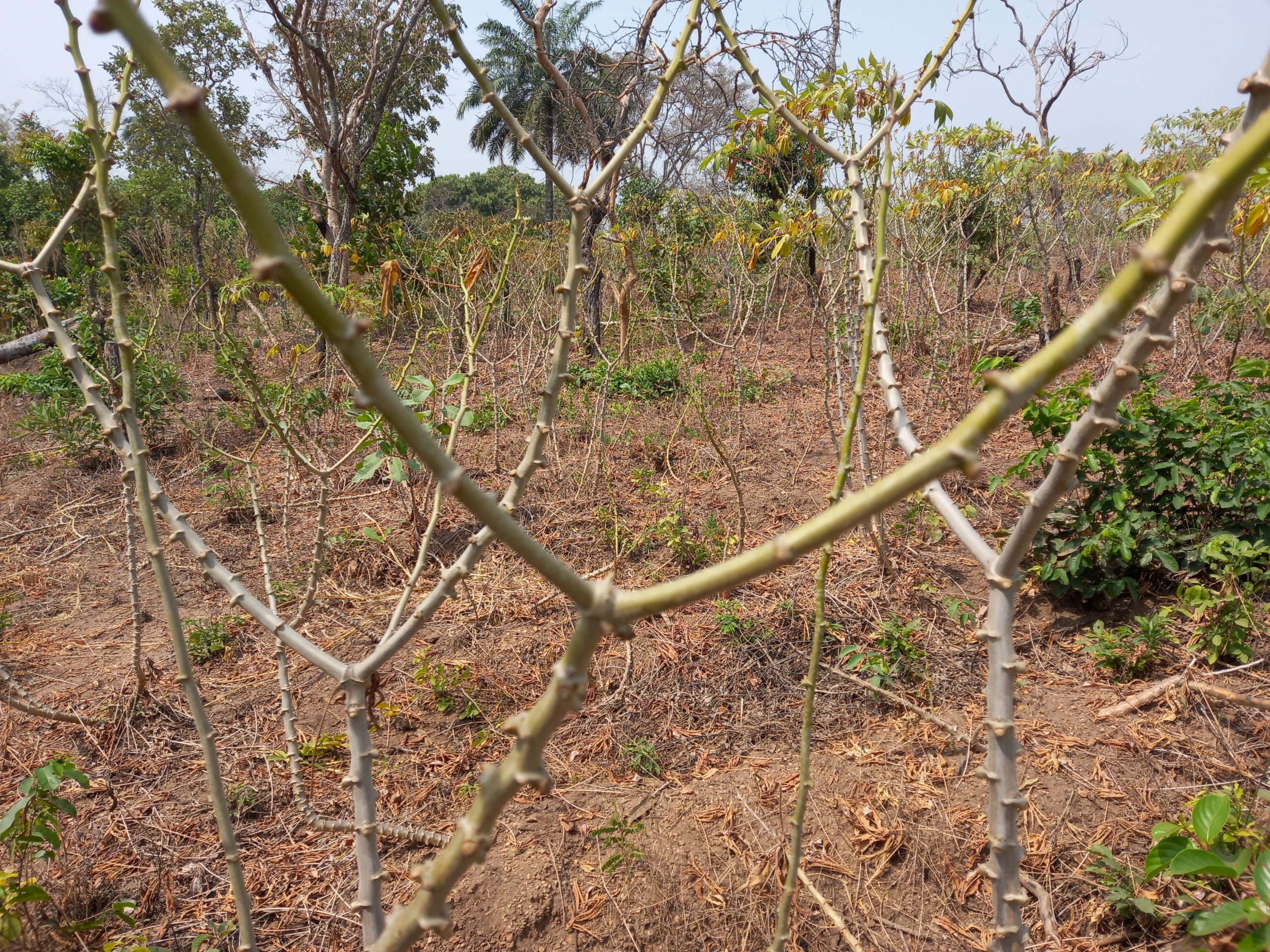Cassava and potato farming play a crucial role in food security and livelihoods in many regions. However, conventional monoculture practices can lead to environmental challenges, including soil degradation, nutrient depletion, and biodiversity loss, including soil degradation, nutrient depletion, and biodiversity loss. Integrating agroforestry – the practice of intentionally combining trees and shrubs with crops and/or livestock – offers a...
Calcium is a vital nutrient for plant growth, playing a crucial role in the health and productivity of crops. Smallholder farmers can identify calcium-rich land by observing specific visual cues and characteristics. Here are some of the key indicators: 1. Soil Texture and Colour: a. Texture: Calcium-rich soils tend to have a slightly gritty texture due to the presence of calcium carbonate. This can be felt by rubbing the soil between your...
Calcium is an essential secondary macronutrient for plant growth, playing a crucial role in cell wall structure, cell division, and nutrient uptake. For farmers cultivating crops like cassava and potatoes, ensuring adequate calcium levels in their soil is paramount for achieving optimal yields. Here's a guide on how to ensure your land provides the necessary calcium: Understanding Calcium's Role: a. Cell Wall Strength: Calcium strengthens plant...

There are some practical things you can do in your home or yard to trap some of the carbon from the atmosphere. In our gardens and with our lawns, what we do can make a difference in how the plants and soil interact. And using best practices, in the long-term, can reduce greenhouse gases, and help the environment! First, some basics. Plants capture carbon dioxide (CO2) from the atmosphere during photosynthesis. They convert the carbon dioxide to...

